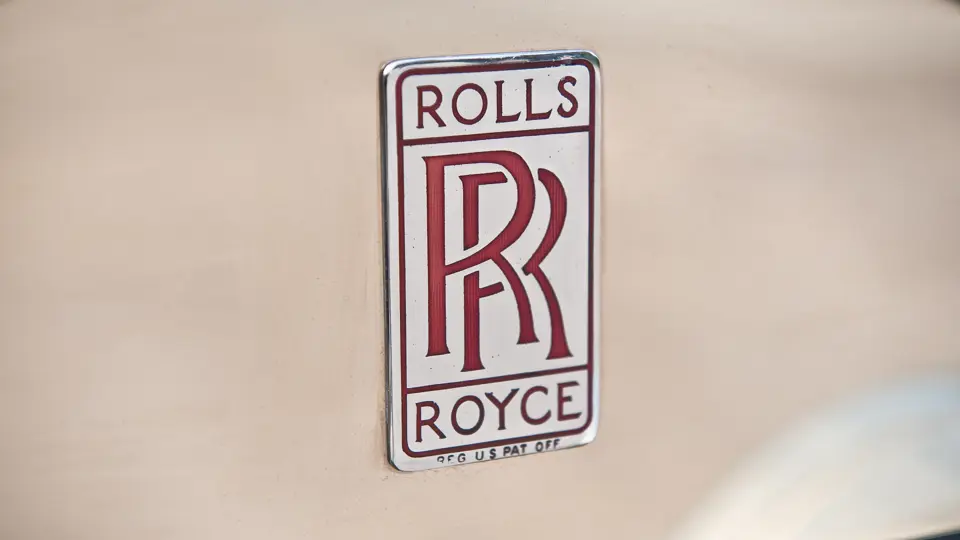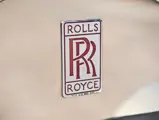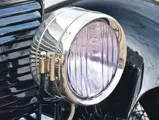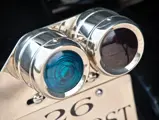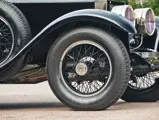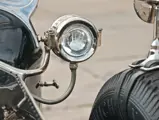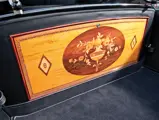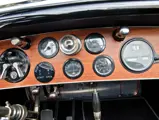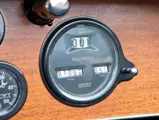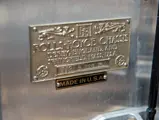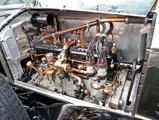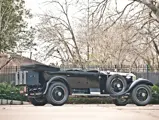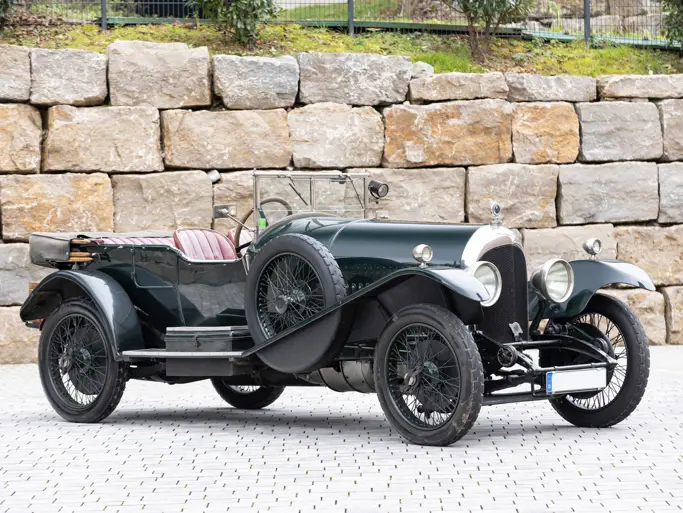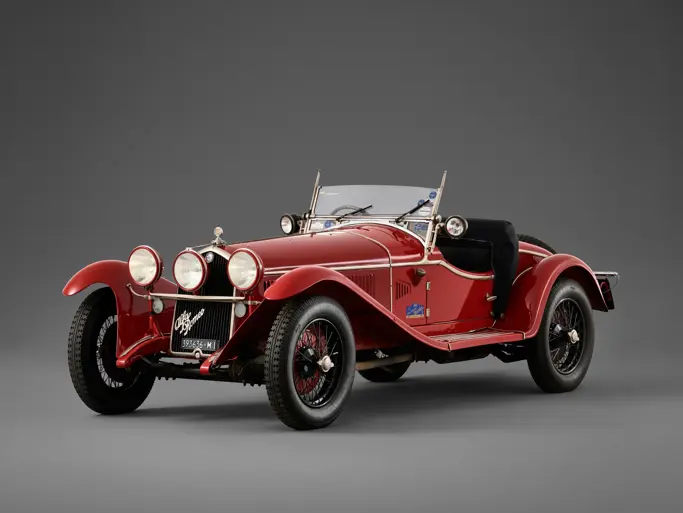40/50 hp, 7,428 cc L-head inline six-cylinder engine, three-speed manual transmission, solid front axle with semi-elliptic leaf springs and live rear axle with cantilever leaf springs, and four-wheel mechanical brakes. Wheelbase: 143.5"
- Believed to have been owned new by Howard Hughes
- Excellent restoration of an original car
- Award-winner at Pebble Beach 2007
The late John Webb deCampi’s book Rolls-Royce in America is the standard reference work on its topic and a favorite of researchers because it has a listing of all U.S.-built Rolls-Royce cars, most with details of their delivery dates and first owners. The entry for S226PL seems quite innocuous: H. Hughes, Houston, TX 7/9/26. Only when one digs deeper does the significance emerge. Howard Robard Hughes, Jr., born in Houston on December 24, 1905, was one of the city’s favorite sons, a man of many talents, an obsessive eccentric and, above all, very rich.
When Henry Royce set out to design a six-cylinder engine in 1906, he was breaking new ground. In Britain, only Napier espoused the concept, and the vitality of longer crankshafts was of concern. Royce went back to basics and set two sets of three cylinders on a common crankcase, set back-to-back such that the third and fourth pistons rose and fell together. Pressure lubrication was a forward-looking feature. Production began in 1907, the most famous of the genre being a silver Barker-bodied tourer built for Managing Director Claude Johnson. Christened “Silver Ghost,” its name was later appropriated for the entire 19-year model run. The Autocar opined on its ghost-like behavior, “At whatever speed the car is being driven on its direct third there is no engine as far as sensation goes, nor are one’s auditory nerves troubled.”
Rolls-Royce came early to America. In 1906, C.S. Rolls himself brought three cars to race at New York’s Empire City track. An exhibit at the annual auto show followed, where three cars were sold. In 1913, a New York depot was set up with coachbuilders Brewster & Co., who bodied the majority of the imported chassis. In 1919, Rolls acquired a factory in Springfield, Massachusetts and began to manufacture the Silver Ghost. In addition to Brewster, American Rolls were bodied by many other prestige coachbuilders, a number of them under the hallmark of Rolls-Royce Custom Coach Work. Included in this bevy of eastern craftsmanship were such companies as Biddle & Smart, Willoughby, Merrimac and Holbrook. In order to have cars ready for customers who wished to buy “off the showroom floor,” a range of standard designs was prepared, to be built by the aforementioned firms. Included were the Pall Mall tourer, Oxford seven-passenger tourer, Piccadilly roadster and Mayfair and Riviera town cars.
Initially the same as its British counterpart, the Springfield Silver Ghost chassis evolved over the years to adapt to its adopted country. First were component substitutions, American Bosch ignition in place of the Watford magneto, American wheels replacing Dunlops and eventually all electrical equipment was of local manufacture. By 1924, six-volt electrics had been adopted, and the following year the chassis was reconfigured for left-hand drive. At the same time, the four-speed, right-hand-shifted gearbox gave way to an American-style three-speed with center change.
DeCampi explains S226PL to be a Merrimac-built Pall Mall tourer, the body it wears today. The chassis is of the left-hand drive configuration adopted in 1925, with the three-speed central-change gear box and dual ignition that were phased in shortly afterward.
Merrimac Body Co. was set up in January 1920 by some of the principals from the J.B. Judkins Co. at Amesbury, Massachusetts. Judkins had received a large order from Mercer and needed additional space to build open bodies. Thus a new factory was constructed at nearby Merrimac, also called West Amesbury. Sometimes described as a subsidiary of Judkins, Merrimac was actually a separate company and specialized in tourers and roadsters for such customers as DuPont, Franklin, Locomobile and Mercer, in addition to Rolls-Royce, the best client of them all. Coachbuilding effectively ceased at Merrimac in 1931, but the company remained in business, doing upkeep and refurbishment for customers until 1934.
Howard Hughes had married Ella Rice, the first of his three spouses, in 1925. The car is believed to have been used initially by Ella but apparently remained in Houston after they moved to Hollywood, where Hughes was embarking on a career as a film director and producer. There are no records regarding her use of the car at that time, but in any case it remained in storage at Houston for more than 50 years. It was purchased by the vendor in May 2005. A complete, frame-off restoration was then commenced by Bob Lorkowski’s L’Cars Automotive Specialties in Cameron, Wisconsin. On completion of the restoration, it was invited to the 2007 Pebble Beach Concours d’Elegance, where it was awarded Second in Class honors.
The Springfield Silver Ghost has a special place in Rolls-Royce history. Although many survive, a considerable number have been re-bodied or otherwise modified over the years. Examples that are faithfully restored are highly prized, particularly if they have celebrity provenance. S226PL is a very elegant example, believed to have been owned new by Howard Hughes, one of the richest men in the world and, as a film producer, aviator, philanthropist and industrialist, certainly one of the most colorful.




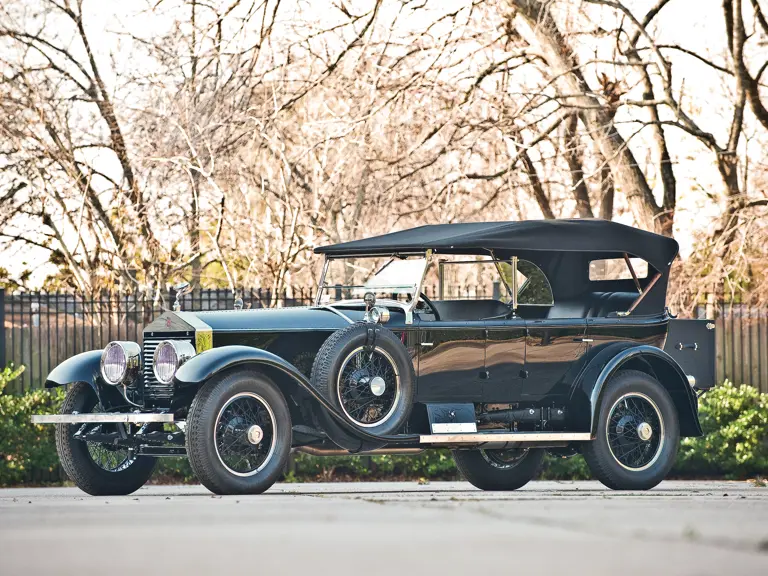
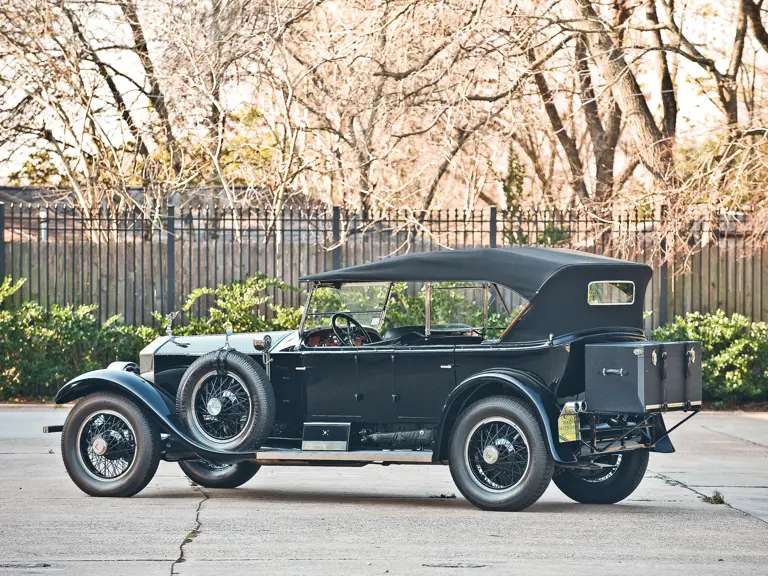
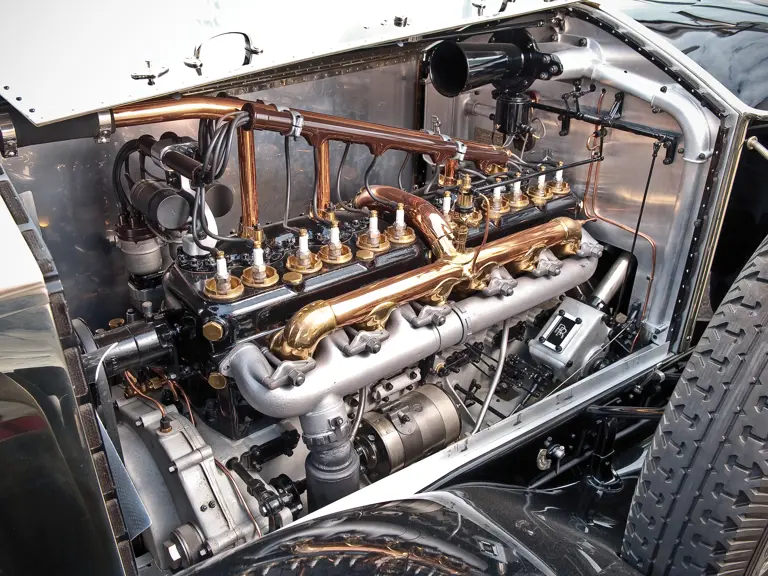
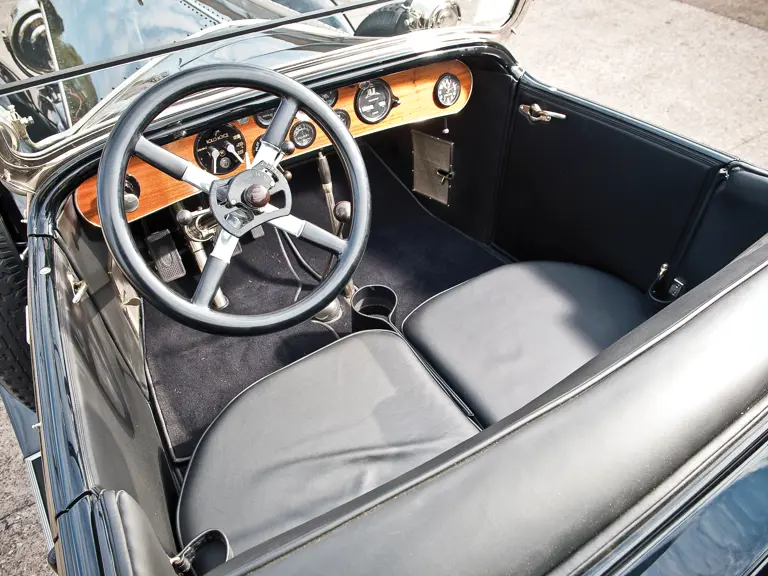
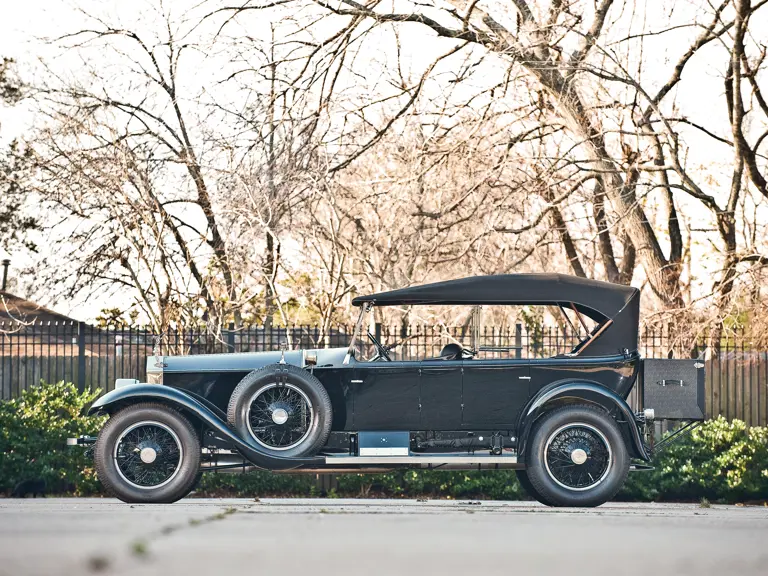


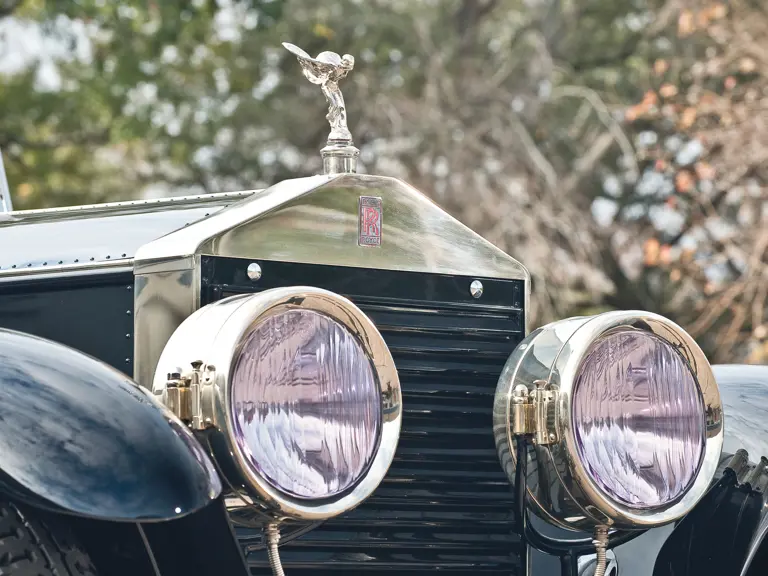
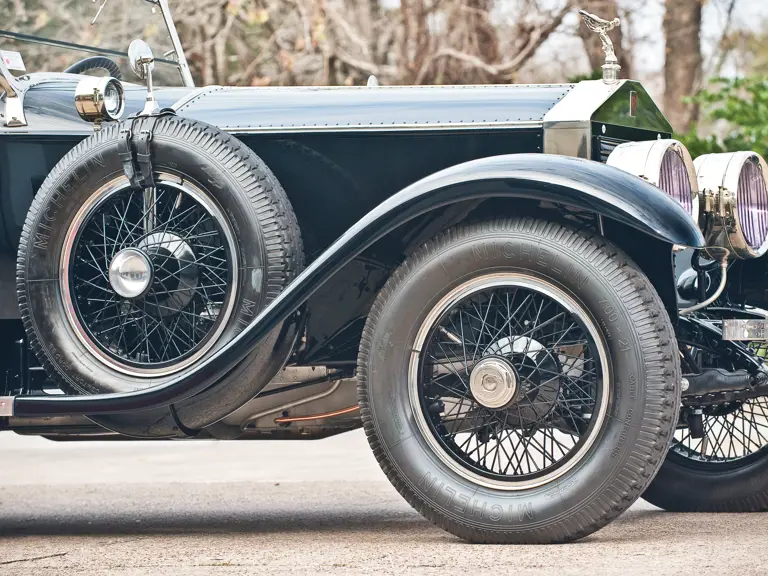
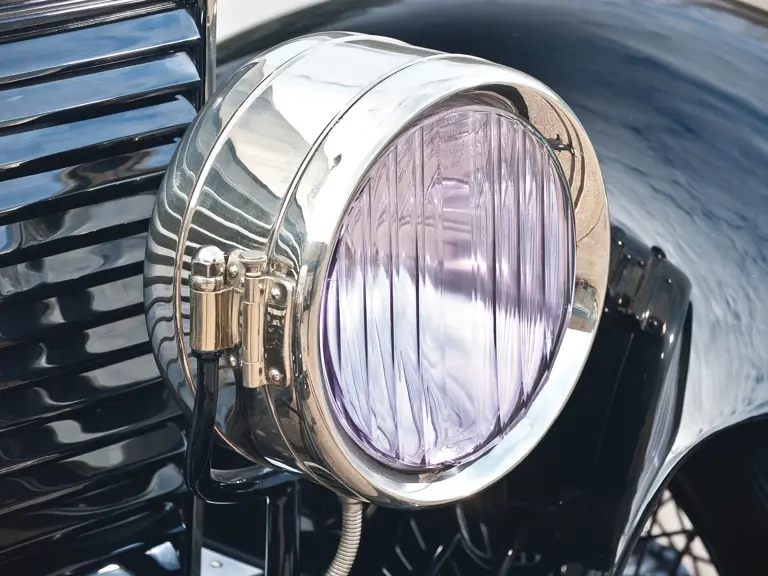

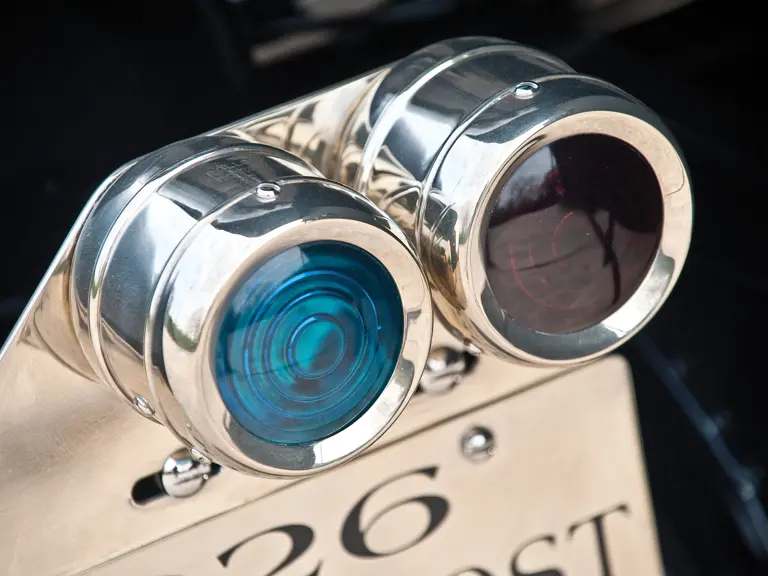

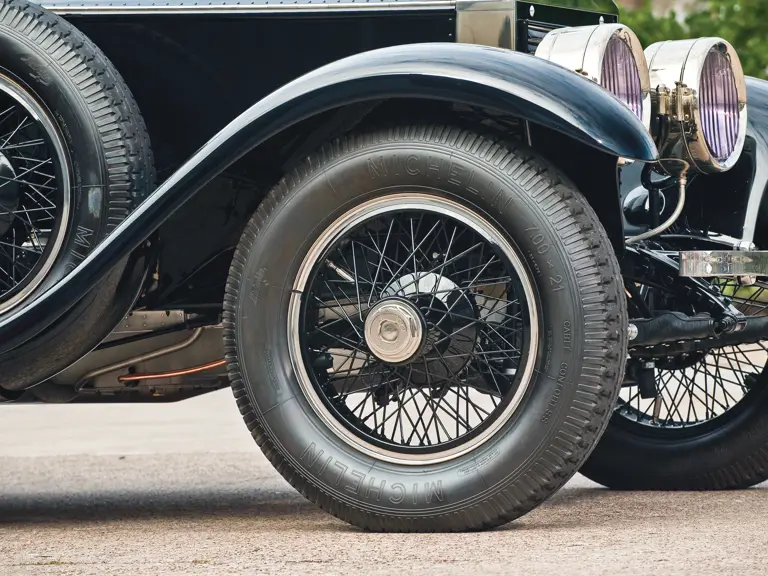
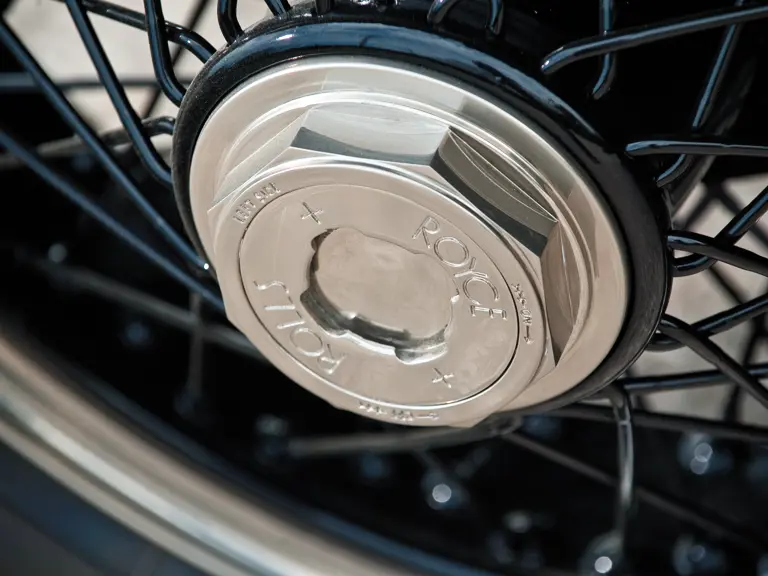
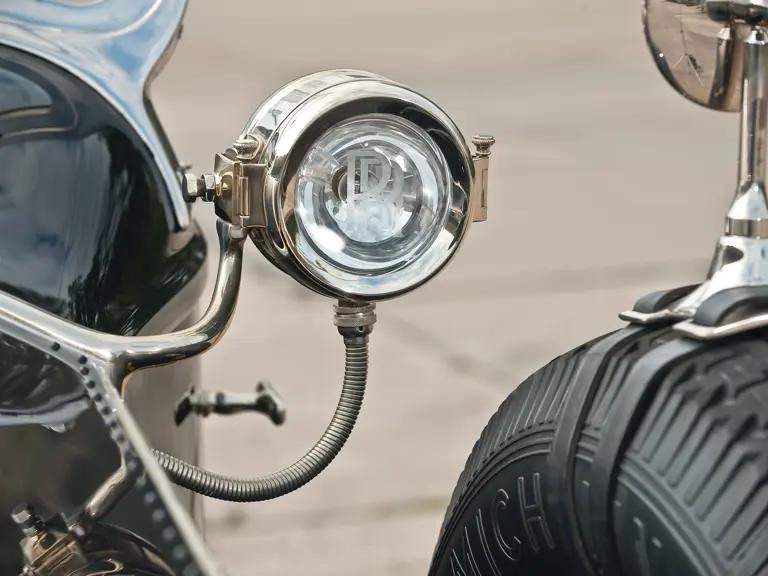
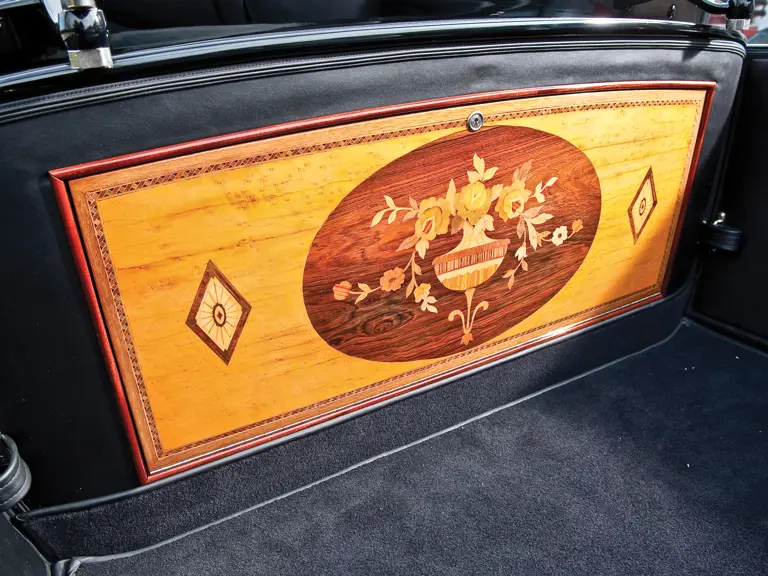
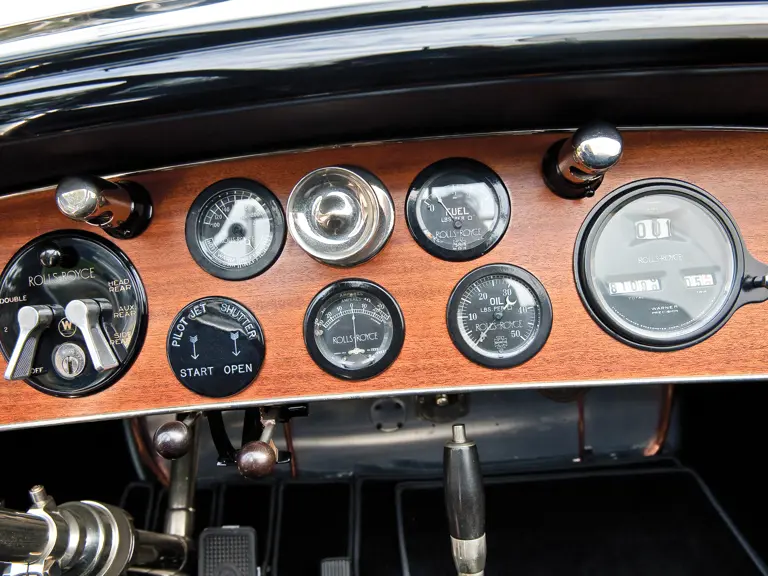
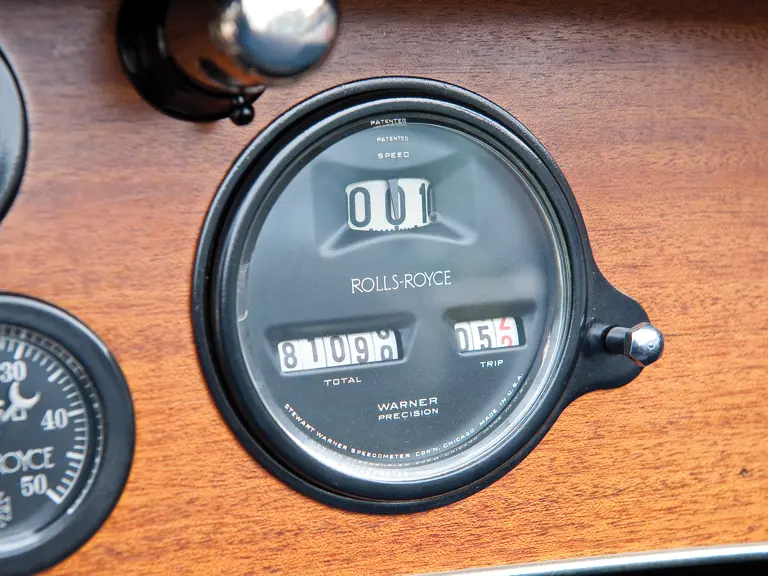
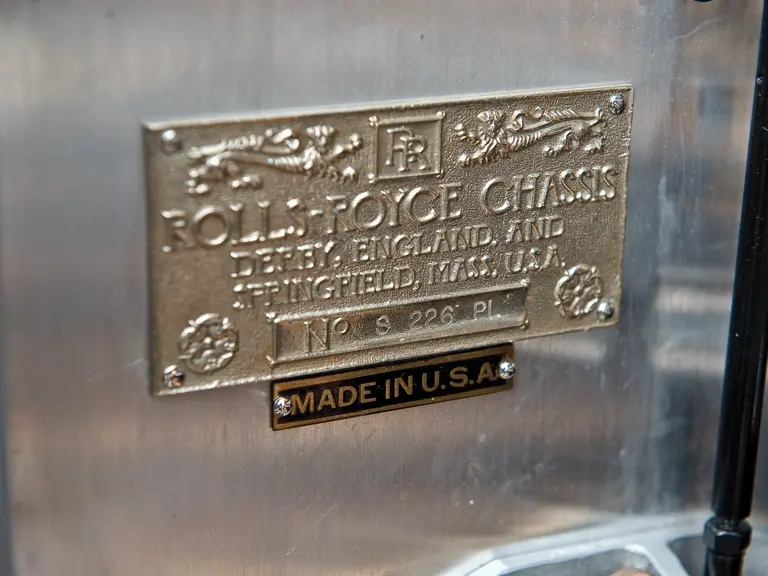
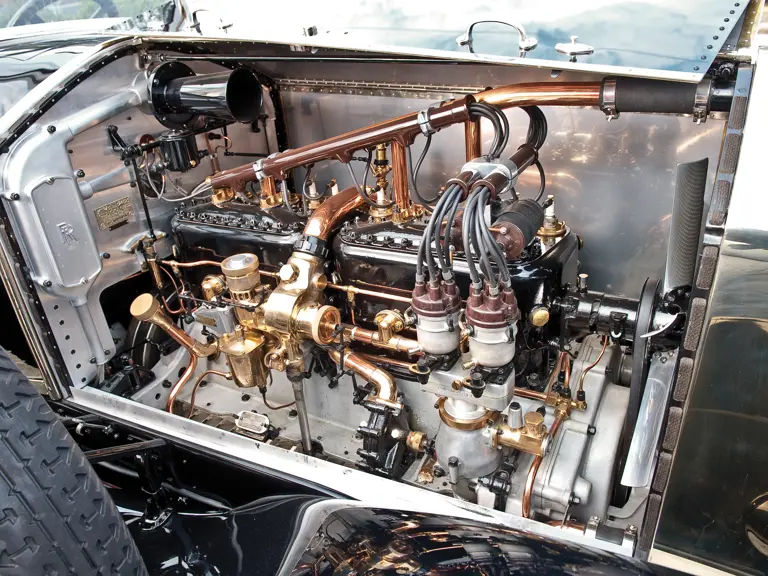
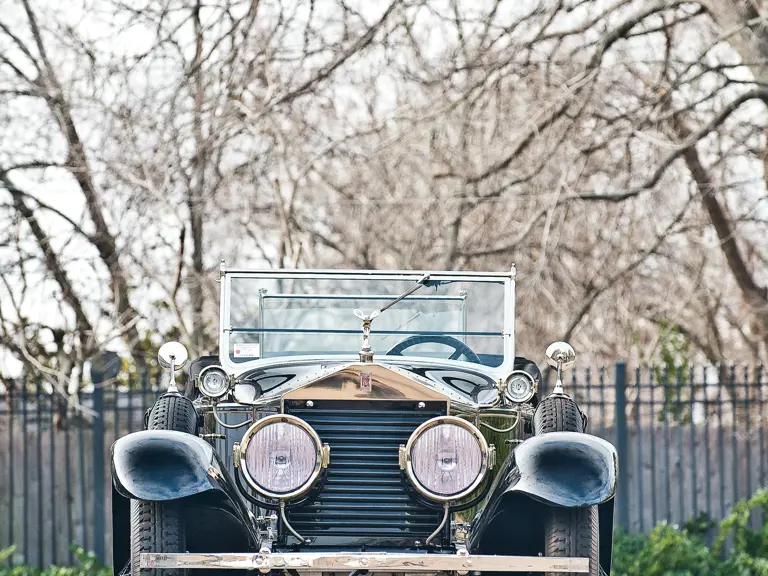


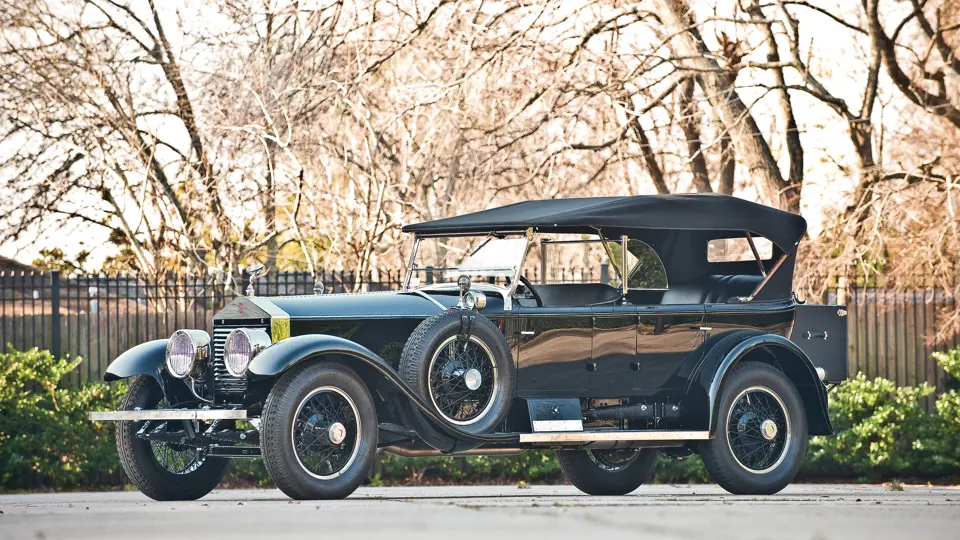
 | Monterey, California
| Monterey, California

